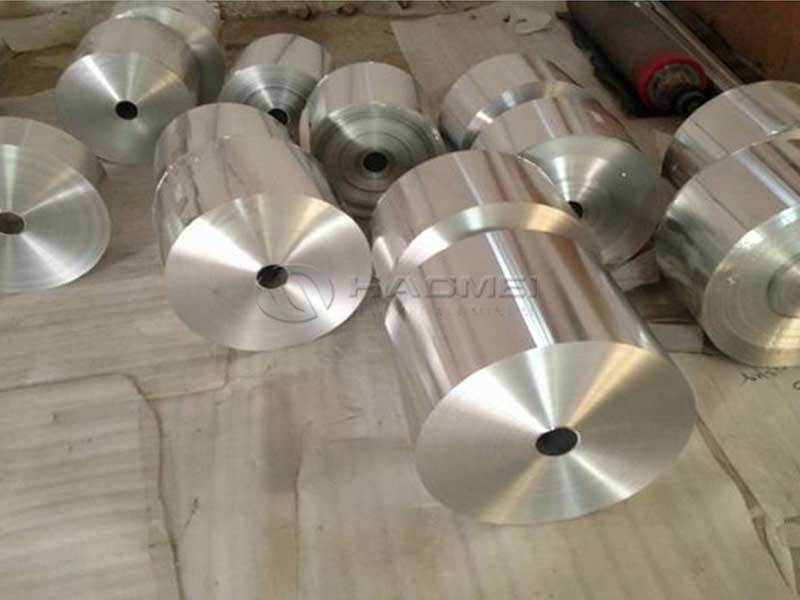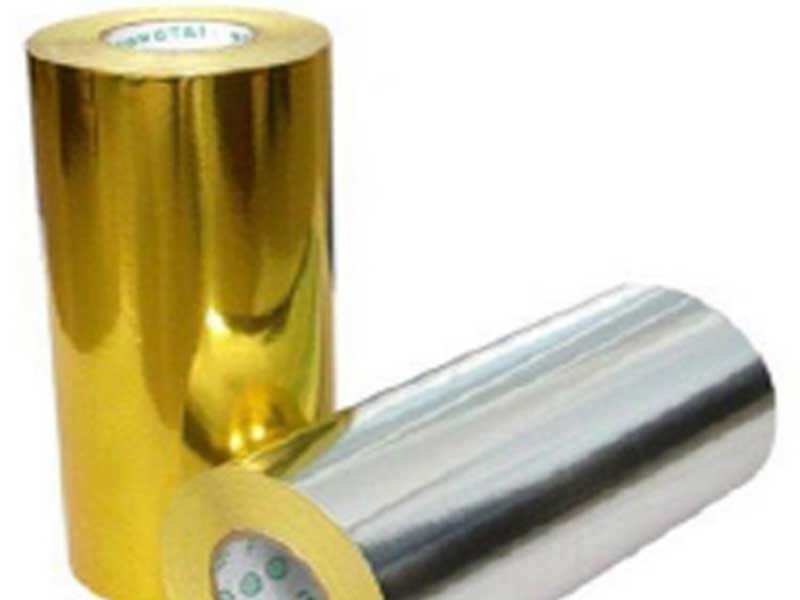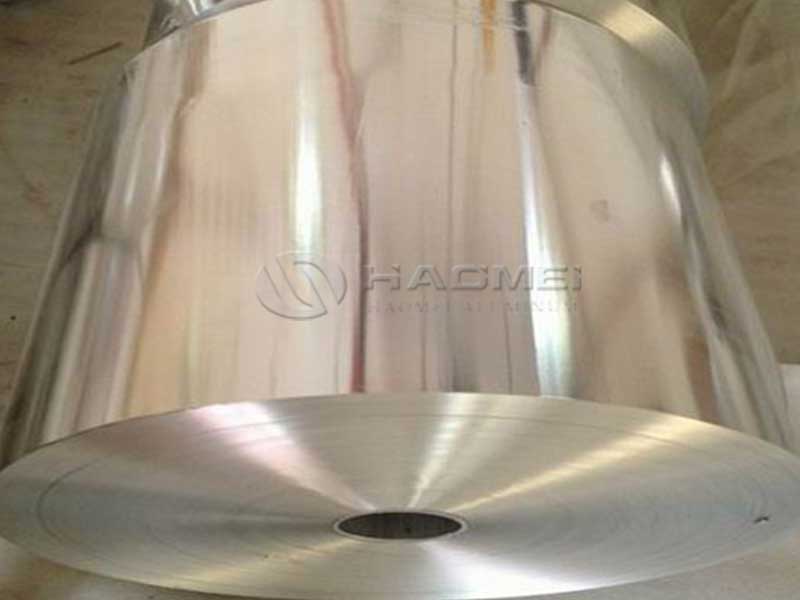Aluminum foil for wine bottle caps
When savoring a fine wine, many of us focus on the liquid's aroma, taste, and aging. However, equally essential is the packaging detail that preserves the wine’s essence until it reaches our glass — particularly the wine bottle cap. Among the materials used, aluminum foil has emerged as the leading solution for caps and closures, thanks to its unique combination of technical and functional properties.
Why Aluminum Foil is the Material of Choice for Wine Bottle Caps
Wine bottle caps require more than mere closure; they serve as guardians of the liquid’s quality by preventing contamination, oxidation, and leakage. For decades, aluminum foil has been the preferred liner material in capsule seals because of the unique advantages it offers:
- Superior Barrier Properties: Aluminum foil is an effective barrier against moisture, oxygen, vapors, odors, and microbes. Within Wine caps, a thin layer of aluminum foil ensures the wine remains uncontaminated and preserves its full aroma profile.
- Corrosion Resistance: Due to its natural oxide film, aluminum resists corrosion from acidic wine components and environmental moisture.
- Malleability and Strength: Aluminum foil cushions the cork or synthetic closure, ensuring a tight seal while maintaining flexibility during the capping process and transportation.
- Thermal Conductivity: Allows for uniform heat transfer during induction sealing inside automated bottling lines.
- Recyclability: Aluminum foil is lightweight and 100% recyclable, supporting eco-friendly packaging initiatives in the wine industry.
Technical Parameters of Aluminum Foil for Wine Bottle Caps
| Parameter | Typical Value | Test / Standard Reference |
|---|---|---|
| Thickness | 6 - 12 μm (microns) | ASTM B479 / ISO 2094 |
| Alloy | 8011 or 1100 aluminum alloys | ASTM B209 Standards |
| Temper (Hardness) | H14-H18 (Half hard to Full hard) | ASTM B580 |
| Yield Strength | 90 - 145 MPa | ASTM E8 / ASTM B580 |
| Elongation at Break | 3 - 10 % | ASTM E8 |
| Density | 2.70 g/cm³ | Standard Aluminum Property |
| Tensile Strength | 110 -160 MPa | ASTM B580 |
| Surface Treatment | Anodizing / Lacquering / Coating | Internal Company Protocol |
| Moisture vapor transmission rate (MVTR) | ~1-5 g/m²/day at 38°C, 90% RH | According to glass laminator standards |
Note: Alloy 8011 is the most widely used due to its excellent drawability and corrosion resistance, especially with alcoholic environments. 1100 alloy, being purer (99% aluminum), provides superior corrosion resistance but lower strength.
Alloy Tempering and Its Relevance
Tempering or 'temper' defines the mechanical strength and flexibility of the aluminum foil. For wine bottle cap applications, medium to full hard temper is selected:
- H14 Temper (Half-Hard Work-Hardened): Offers ideal flexibility for wrapping tightly over caps and corks while being elastic.
- H18 Temper (Full Hard): Produces more durability and resistance during transportation and handling but is less pliable for fine folding.
Manufacturers tailor foil temper thickness and hardness sequences considering the bottling line machinery torque and closure type. For instance, thinner foils (6 μm) require a harder temper to resist tearing, whereas thicker foils allow softer temper with more ductility.
Implementation Standards in Industry
The most widely applied national and international standards ensure product consistency and compliance in aluminum foil for wines are:
- ASTM B479: Specifications for aluminum-alloy rolled flat products, covers chemical and mechanical standards.
- ISO 2094: Defines mechanical properties for different aluminum foils.
- FDA Title 21 CFR §175.300: Regulates use of aluminum materials for food contact applications, applicable in the packaging of consumables like wine.
- EU Regulation 10/2011 on Food Contact Materials: Ensures the materials are safe for direct contact with beverages.
compliance with these standards guarantees wine bottle caps truly protect wine while being safe and environmentally sustainable.
Chemical Composition and Essential Properties
| Element | 8011 Alloy (wt %) | 1100 Alloy (wt %) | Remarks |
|---|---|---|---|
| Aluminum (Al) | 97.0 - 99.0 | ≥ 99.0 | Principal, purity to ensure corrosion resistance |
| Iron (Fe) | 0.4 - 0.7 | 0.95 max | Influences strength and wear resistance |
| Copper (Cu) | 0.05 - 0.2 | 0.05 max | Enhances strength slightly |
| Manganese (Mn) | 0.3 - 0.6 | 0.05 max | Corrosion resistance enhancer |
| Zinc (Zn) | 0.05 - 0.15 | 0.05 max | May improve hardness |
| Silicon (Si) | < 0.1 | < 0.4 | Solubility affecting thermal conductivity |
The premium purity and inclusion limits ensure resistance against wine acidity and prevent flavor contamination.
Applications Beyond Coastal-Wine Markets
Besides traditional applications in cork liners and screw caps, aluminum foil in wine bottle caps finds modern adaptation in:
- Vacuum Induction-Sealed Capsules: Foil enables hermetic induction sealing enhancing tamper evidence and prolonging shelf life.
- Luxury Packaging: Metallized foil layers provide an elegant, high-sheen surface that enhances branding and visual appeal.
- Reusable Closures: Durable hard-tempered foils able to withstand resealing and multiple usages for premium wines.
- Smart Packaging: Thin aluminum foils integrated with micro-polymers respond to temperature changes printing quality indicators on the cap, signaling abused wine.
https://www.alusheets.com/a/aluminum-foil-for-wine-bottle-caps.html






